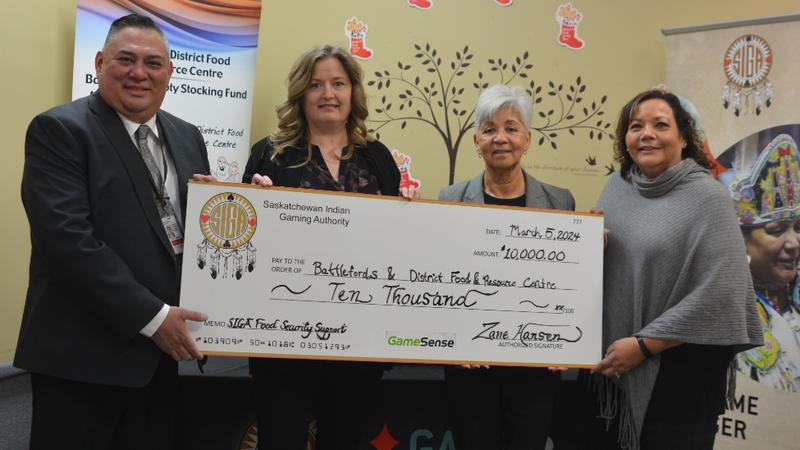
Responsibility, CWD caution stressed as hunting season begins
A shift in temperature in recent has lined up with the start of hunting season in the Battlefords.
The majority of wild game approved for hunters are open season as of Wednesday, following the opening of antlerless elk archery that began on Aug. 25. Tory Thompson, supervising conservation officer for the Battlefords region, said he expects a high volume of foot traffic in the area.
“This is a nice game area to hunt, with plentiful populations of wildlife and game-birds and quite a few sportsmen that go after those birds and big game animals,” he said.
White tailed deer are the most common animal hunted in the region, which is only available to first time hunters (and those born after January 1 of 1971) if they’ve completed hunter education and obtained their license. Anyone between the ages of 12-16 must be accompanied by a responsible hunter, over the age of 18.



